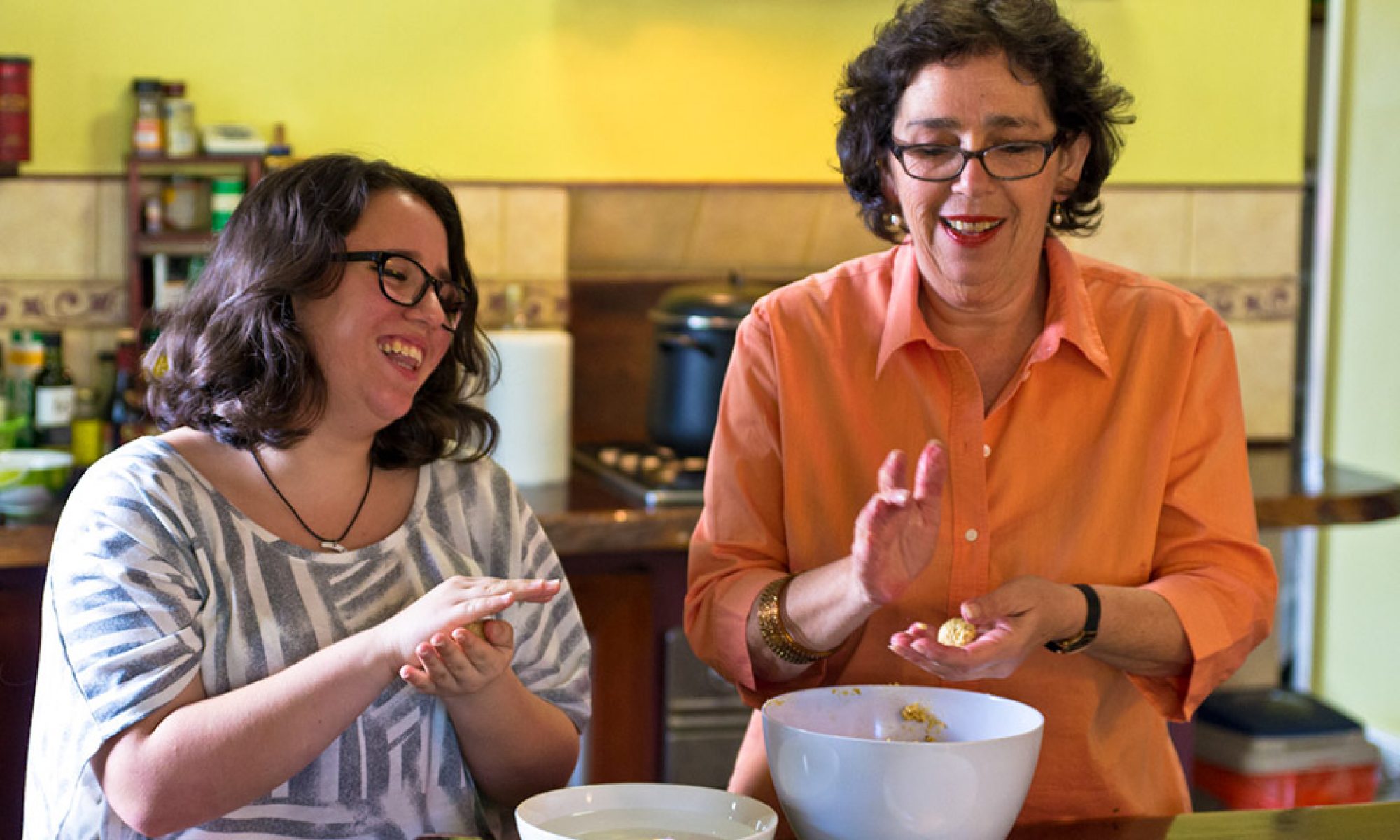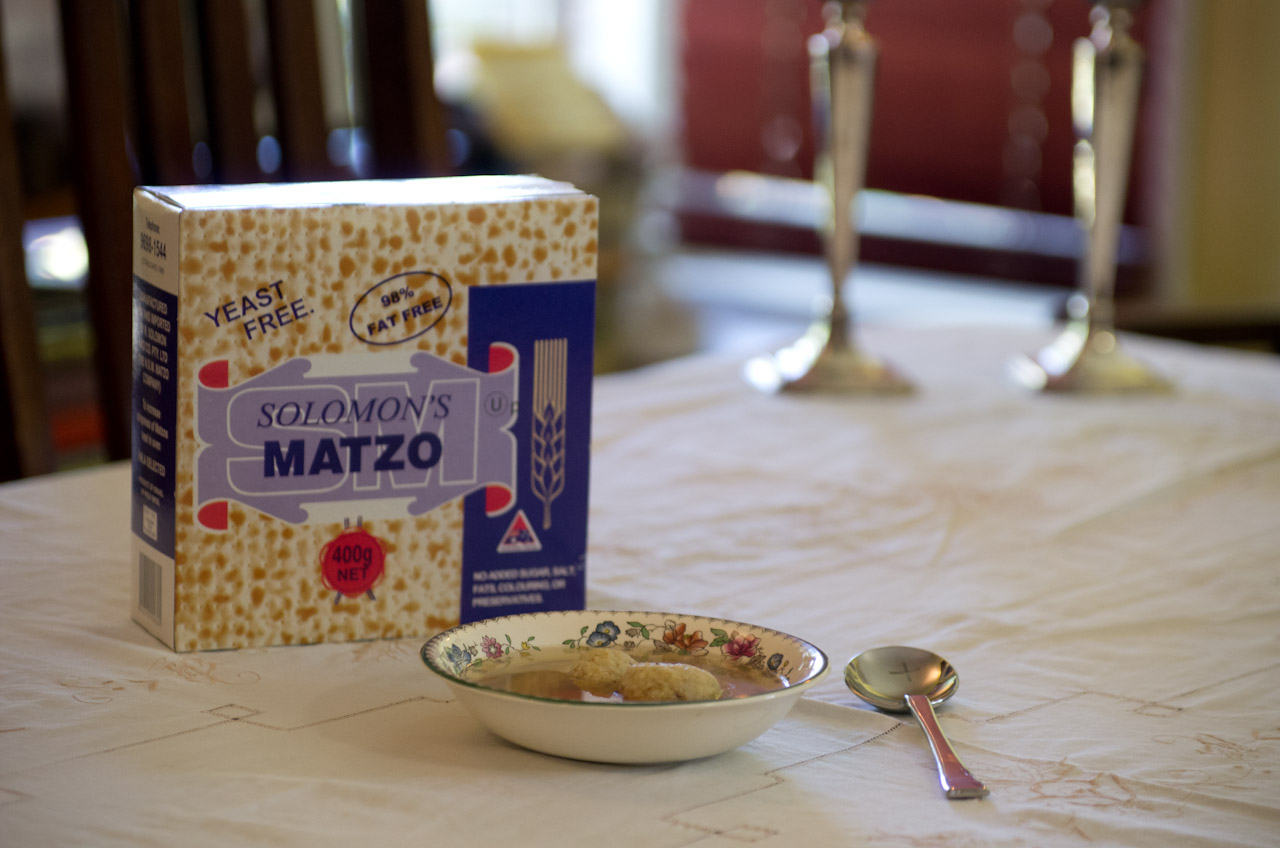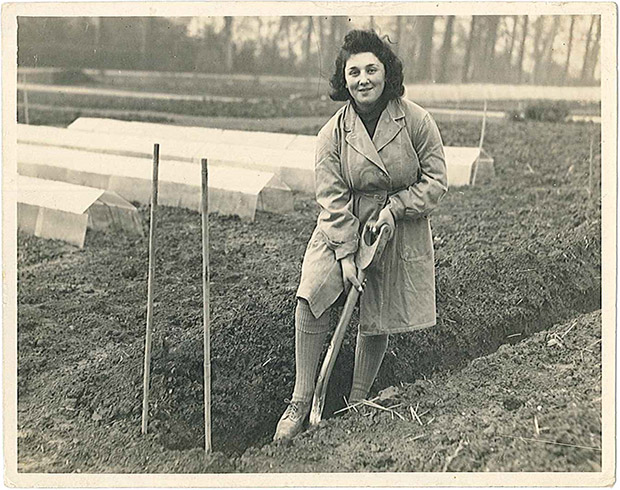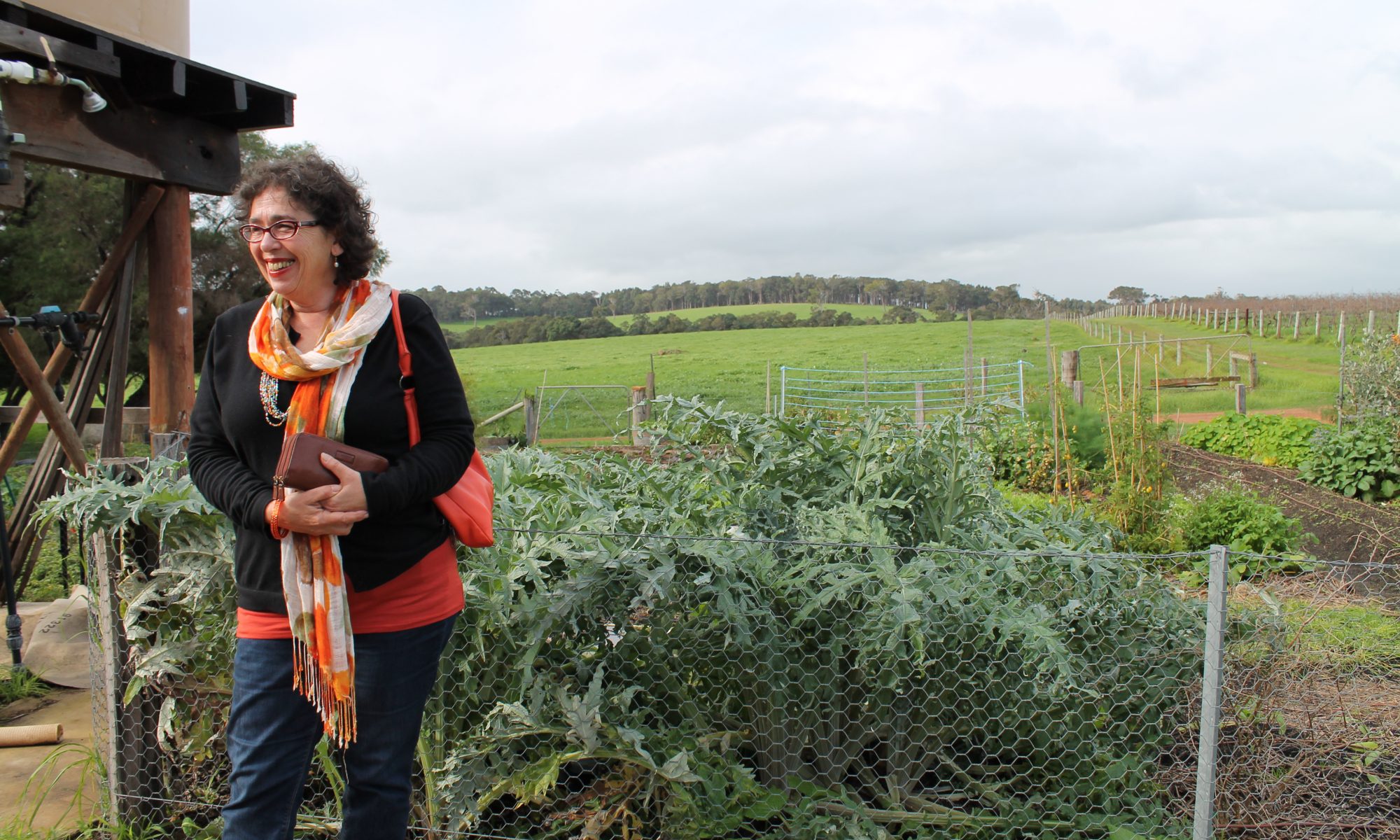You know you are a foodista when your 18 year old leans across the table and solicitously tells you:
“ Don’t worry Mum, one day we’ll eat the degustation menu at the Fat Duck”. My heart swells with pride. My child was never fodder for Masterchef Kids; she cannot make a soufflé and I’m not sure she has ever eaten one. But when asked whether she’d like a few days of feasting in Margaret River with Mum, to my shock she leapt at the chance.
So here are the highlights of our week in Margaret River – no weigh-ins permitted.
Margaret River is glorious in summer, and pretty damn fine in winter, think log fires, fine wine. We stayed at Margaret’s Beach Resort at Gnarabup (The “G” is silent, as they say!)
www.margaretsbeachresort.com.au/
I’m not sure what constitutes a resort, Ketut serving cocktails? Not here though the cocktails on offer did keep the 18 year-old happy. Certainly MBR was fine (no breakfast service) but too cold for the spa and pool anyway.
But the view!
What can beat watching the sun set into the ocean? No need to speak of sunrise, I am not a morning person.
Day one saw us visit the cheekily named Knee Deep winery with restaurant for their degustation menu.
kneedeepwines.com.au/
My 18 year old’s first ever “dego”. Did I say I was a foodista? Surely I should have introduced her to the joys of “sand” and foams by the age of five. Surely by 10 she should have mastered confit? We left ourselves entirely in the chef’s hands – not something this particular control freak is known for. So we kicked off with a sous-vide egg with shaved truffle.
I haven’t made up my mind about sous-vide though I’d best hurry as this cooking technique is probably reaching its use-by date that, is if we consider food as fashion. And don’t we?
Next we were served Bunny two ways.
(Why does that sound so rude?) I greedily chomped a mouthful of the rolled loin only to find I’d also eaten the bunny’s liver. Shameful me, not an offal fan, moment of drama till I swallowed it, knowing an offal enthusiast would be purring. By this time a waitress had appeared, registered shock and whipped our plates away. How did she know I don’t much care for offal? She didn’t. Apparently the rolled loin still had its plastic round it so we were then represented with this dish I wasn’t so keen on. But things happen and I feel mean mentioning it.
So mortified were they we got a complementary course – 3 fat scallops with Jerusalem artichoke and truffle.
Followed by a perfectly cooked serving of Barramundi and a pea puree.
This was elegant, simple presentation of fine produce, seriously good, possibly my favourite course. Of course by now we were less than peckish.
But when the warm imported brie arrived with gorgeous bread I was left to battle alone. I struggled and would have it found it easier to consume with crackers – a second negative thought – why am I eating French cheese in dairy country? Margaret River is known for its use of locally sourced produce.
A palate cleansing sorbet is delightful and then dessert – described as a panna cotta it is more dense than I would have expected and for me, too large a serving after such a meal. My young companion disagreed and wolfed hers, but then she didn’t eat the brie did she?
Day 2 thankfully we have no lunch booking. So buoyed with a serious breakfast in town, Zenna has now eaten her first Croque Monsieur (toasted ham and gruyere or béchamel sandwich), – it won’t be her last, then we head for the aptly named Gabriel chocolate. And really this is chocolate to make an archangel sin.
www.gabrielchocolate.com.au/
Their chocolate is made from single sourced beans, fair trade produce. I am still working my way through my selection. Zenna is hoarding her last hot chocolate mixer.
Just heat the milk and melt the chocolate, yup, that’s hot choc! Rocky Road to die for and the chocolate brownies we devoured for super? I’m grateful Gabriel is so far from my home, though their chocolate can be bought at The Boatshed http://www.boatshedmarket.com.au/
The Venison Shop is a carnivore’s oasis as you can see from their board:
www.mrvenison.com/
I like to think of myself as a conscientious omnivore – seeing deer wandering through fields is reassuring. We returned home with some “low fat” venison snags. Low fat they were – this was guilt free sausage eating, note the virtuous beans please.
We had saved ourselves for the next day’s lunch at Cullen’s Winery. This wasn’t my first visit; this is my favourite venue in Margaret River.
www.cullenwines.com.au/
What’s not to love? Organic, biodynamic wine producers who promote sustainable farming and viticulture. Cullen wines have been certified organic since 1998 and then they introduced biodynamic practices in 2004. Cullens have done a great deal to defuse the idea of biodynamic growing being a hippy practice.
http://www.cullenwines.com.au/philosophy/biodynamics
I’d enjoyed the scallops at Knee Deep but these two fat scallops presented 2 ways provided the standout dish for the week followed by a perfect slab of barramundi with a burnt butter sauce and hefty spuds and snow peas from their garden. Zenna had the special – beef pie with a massive, fragrant, crunchy (also from their) garden salad I was happy to polish off.
I’d seen their garden on a food tour year’s ago and asked if we could wonder through after lunch. The waitress told us we couldn’t just wander through, tours may be booked by arrangement, however the waitress told us she would see if someone could take us. Really? Yes, really. Cellarman and food enthusiast William appeared and took us through the garden. This was fabulous. We saw the lot and had the organic/biodynamic process explained to us, from worm wee through to fresh salad on the plate.
What about the wine I hear you shrieking. Sadly dear reader – I’m a far better eater than drinker. However I did enjoy a glass of 2013 Rosé of Wilyabrup, the perfect complement to my meal.
Our final big lunch was at Flutes and sadly this was a very rainy day so this most if idyllic of settings was a little grey. We also made the mistake of having the set menu – though at $50 per head for 3 courses why wouldn’t you?
www.flutes.com.au/
My entrée of venison spring rolls was indeed divine as was the dessert selection. The mains (a chicken ragout with couscous and a pork fillet) were unexceptional. I’d return here though and give the a la carte menu a workout.
We’d stayed on so we could check out the Saturday Farmer’s Market. Cambray cheeses sell an amazing line up of hand made sheep’s milk cheeses, so good I found myself again wondering about Knee-Deep’s use of imports. http://www.cambraysheepcheese.com.au/
Sensational bread from the Margaret River Bread shop, a Cambray cheese and a decent bottle of wine, that’s a lunch.
We had other adventures in MR and so will you – Olio Bello, http://www.oliobello.com.au/ The Good Olive – great selection of oils to taste and apricot jam like the old days, http://www.thegoodolive.com.au/ Blue Ginger Fine Foods, http://www.bluegingerfinefoods.com/.
Bon appetite!





